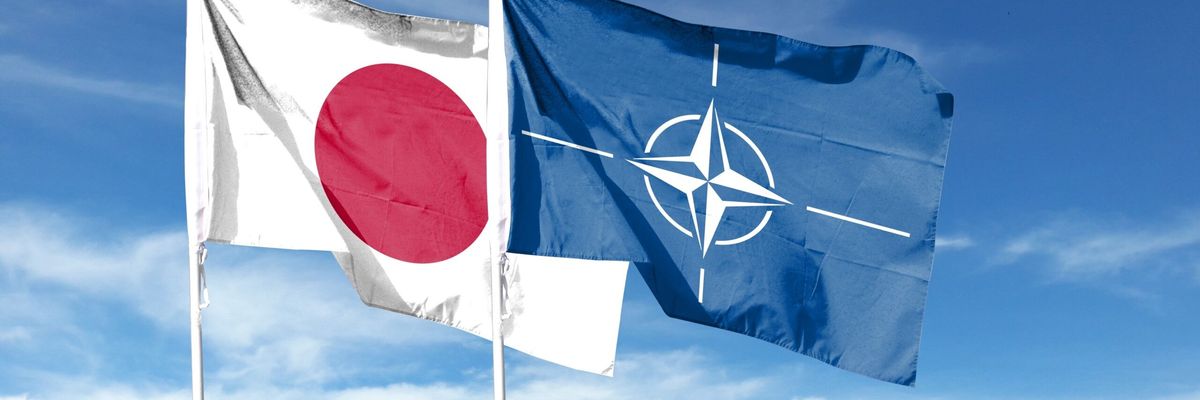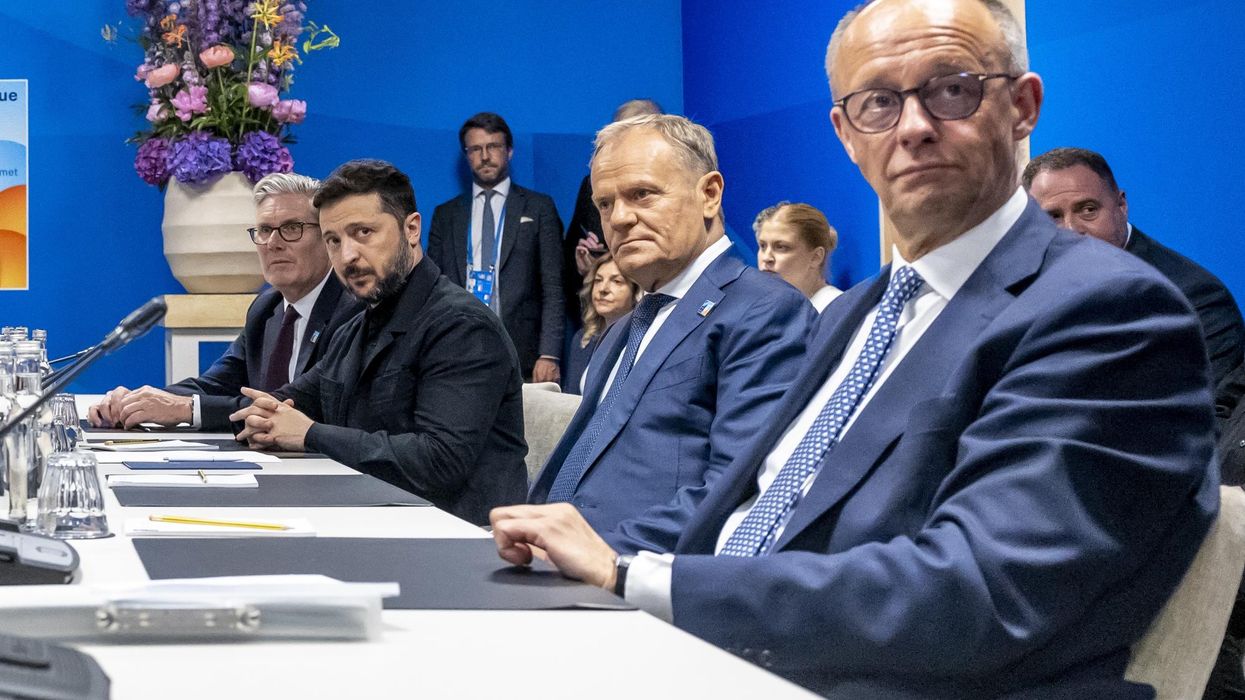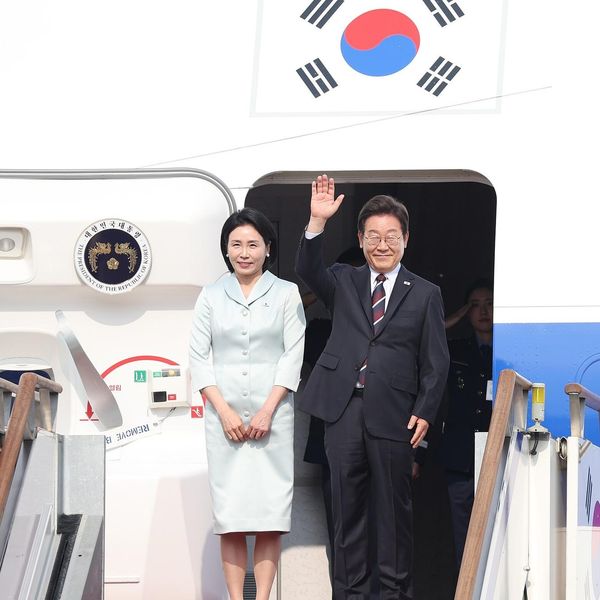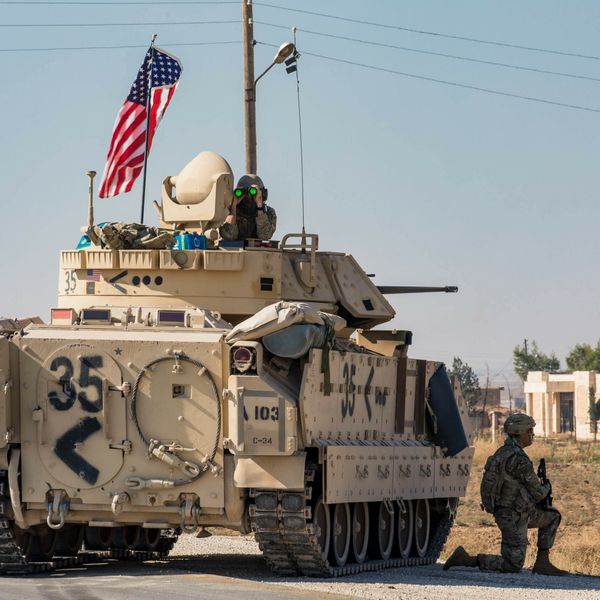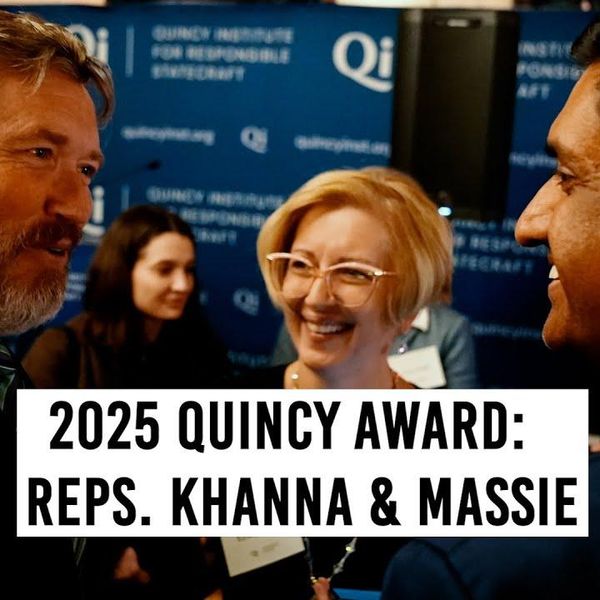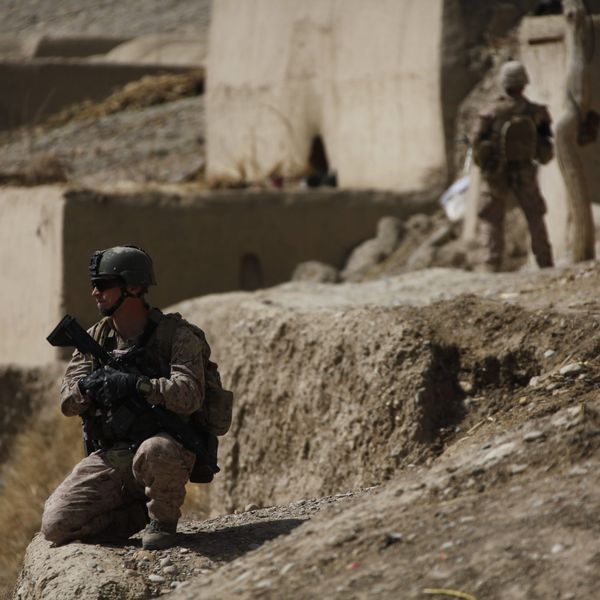NATO plans to open a liaison office in Japan to coordinate relations with Tokyo and other friendly powers in the Indo-Pacific, according to a new report from Nikkei Asia.
The office, which will be the first of its kind in the region, represents a notable step in NATO’s shift toward confronting China, which officially began last year when the alliance formally identified Beijing as a threat.
As the Guardian noted, the move is likely to further increase tensions between the West and China, which has often expressed concern over potential NATO inroads in Asia. It also risks driving concerns from alliance members that favor a less confrontational approach with Beijing, according to George Beebe of the Quincy Institute.
“When you go out of area, you're going to inevitably raise concerns inside the alliance about what the alliance's priorities ought to be,” Beebe argued, noting that the office could “exacerbate differences between the United States and some Europeans about how to deal with China.”
It remains unclear who will pay for the office. According to Nikkei, the one-person bureau, which is expected to open next year, will lead periodic consultations between NATO and its Pacific partners, including Japan, South Korea, New Zealand, and Australia.
The decision to open the office highlights Japan’s interest in deepening cooperation with NATO. Notably, Tokyo also plans to open a separate diplomatic mission to NATO in Belgium in order to further promote its ties with the alliance.
In recent years, NATO has also stood up liaison offices in Ukraine, Georgia, Kuwait, and Moldova.
As Professor Michito Tsuruoka of Keio University told Nikkei, the move emphasizes NATO’s view that China and Russia are becoming increasingly close. “In addition to the problems China poses by itself, a new dimension has been added: that of China as a supporter of Russia. This now becomes directly related to Europe's security,” Tsuruoka said.
But Beebe worries that these concerns could turn into a self-fulfilling prophecy. “There's a grave risk that NATO moving into Asian Affairs is likely to bring Russia and China even closer together into what could amount to a de facto alliance between the two of them against what they see as a common Western or NATO enemy,” he said. “I don't think that's in the interest of the United States or Europe to encourage.”

